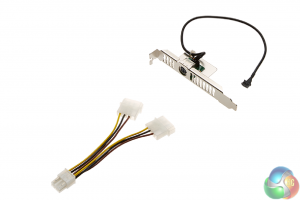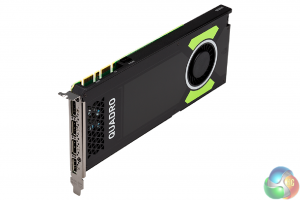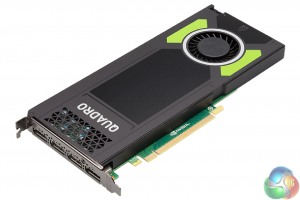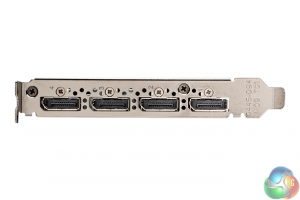The Quadro M4000 sports 1,664 CUDA cores, compared to the previous K4200's 1,344 – so that's an increase of just under 25 per cent. The GPU uses the GM204GL revision of Maxwell, where the M6000 uses GM200GL. Whilst the K4200 has a GPU core speed of 780MHz, the M4000 uses a very similar 773MHz.
However, it's highly significant that FP64 (64-bit floating point) arithmetic logic units (ALUs) have been further reduced from 1/24 to 1/32 compared to the previous generation, which will put the M4000 at a disadvantage with applications using FP64 operations.
Most 3D content creation software doesn't, but some scientific visualisation software does, making the Kepler-based K4200 potentially still a better choice if you use software that definitely uses a lot of FP64 operations.
The other significant improvement over the K4200 is the quantity of memory. The M4000 sticks with the 256-bit memory path, but doubles the quantity of GDDR5 to 8GB, the same as the previous-generation ultra-high-end K5200.
This will give it substantially better abilities at handling huge texture sets compared to the K4200. The memory is also slightly faster, running at 1,502MHz compared to 1,350MHz.
In other words, the new M4000 has the same quantity and speed of memory as the former K5200, which cost more than twice as much. It offers identical bandwidth, too, at 192GB/sec. However, the K5200 has 2,304 CUDA cores – 38 per cent more than the M4000. Whilst these run at 650MHz, it should still be comfortably ahead of the new card. So if you purchased a system with one of these in not long ago, you don't have to feel too much like you wasted your money.
The M4000 sports four DisplayPort 1.2 connections, each one capable of driving monitors up to 4,096 x 2,160 4K resolution, with HDMI and DVD-D adapters also available. There's a separate 3D Stereo connector on an additional bracket.

There's support for all the latest 3D APIs, including DirectX 12, OpenGL 4.5, and Shader Model 5. Compute API supports includes CUDA (of course) plus OpenCL and DirectCompute, so this card can be harnessed for more general purpose number crunching than just 3D rendering. Power consumption has risen to 120W compared to the 108W of the K4200, but that's still not huge.
Only a single six-pin PCI Express power connector is required. Being a professional card, the M4000 comes with a standard three-year RTB warranty, although it's also possible to extend this to five years at time of purchase for a little extra.
 KitGuru KitGuru.net – Tech News | Hardware News | Hardware Reviews | IOS | Mobile | Gaming | Graphics Cards
KitGuru KitGuru.net – Tech News | Hardware News | Hardware Reviews | IOS | Mobile | Gaming | Graphics Cards





